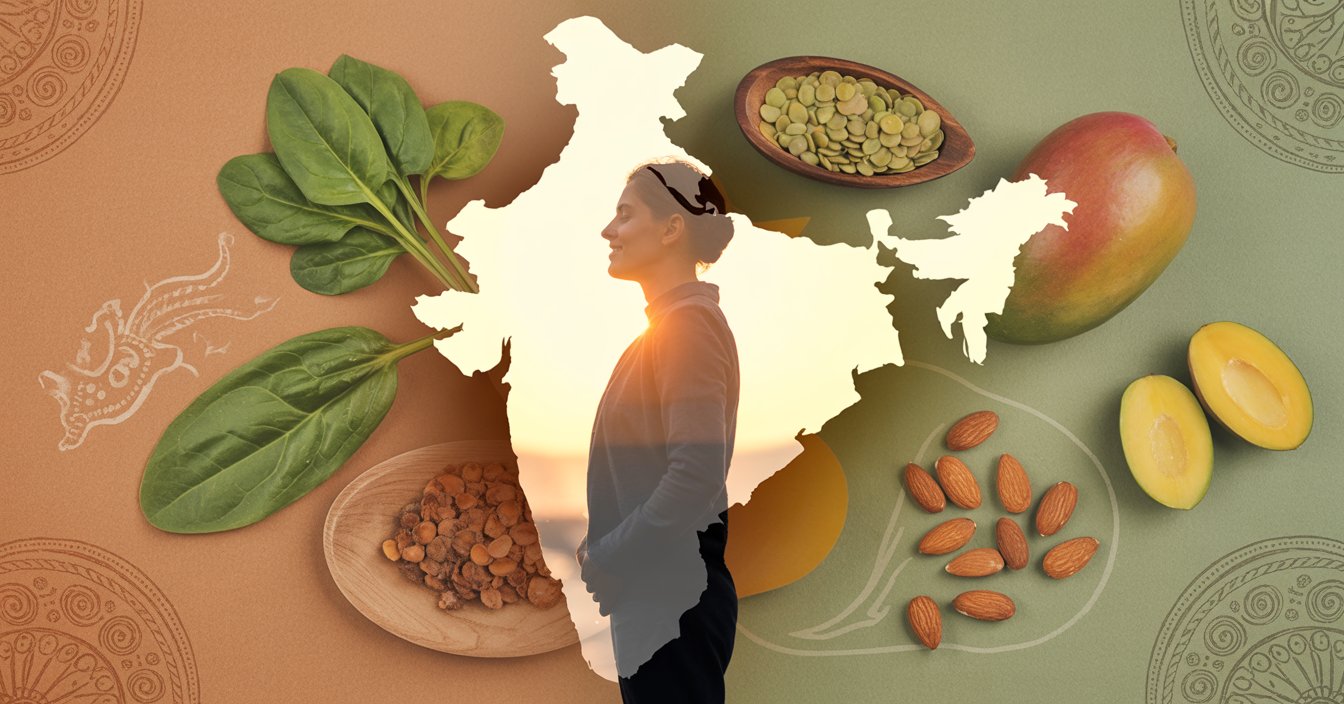Uncategorized
7 Micronutrients Indians Miss Most—and How to Replenish Them Naturally
7 Micronutrients Indians Miss Most—and How to Replenish Them Naturally
Up to 70% of urban Indians fall short on at least one critical vitamin or mineral. Here’s how to fix it.
1. Why Micronutrient Gaps Persist in 2025
- Modern menus: Swiggy nights & processed snacks displace veggies.
- Indoor lifestyles: Air-conditioned offices mean little sun for vitamin D synthesis.
- Soil depletion: Re-used farmland lowers mineral density in produce.
- Restrictive diets: Vegan, keto or calorie-cut plans can trim important food groups.
2. The “Magnificent Seven” & How to Recharge Them
| # | Micronutrient | Common Symptoms | Top Indian Food Sources | Daily Hacks |
|---|---|---|---|---|
| 1 | Vitamin D | Low mood, bone pain, frequent colds | Sun exposure, oily fish, fortified milk | 15 min mid-morning sunlight on arms/legs + 2 glasses fortified cow/soy milk |
| 2 | Vitamin B12 | Tingling hands, fatigue, brain fog | Eggs, paneer, curd, fish | Add 1 boiled egg or 50 g paneer to breakfast; vegetarians consider fortified cereals |
| 3 | Calcium | Muscle cramps, brittle nails | Dahi, sesame seeds, ragi, tofu | 1 cup curd + 1 tbsp roasted til seeds as evening snack |
| 4 | Zinc | Slow wound healing, white nail spots | Pumpkin seeds, chana, cashews | Sprinkle 2 tbsp pumpkin seeds over salads or poha |
| 5 | Vitamin A | Night blindness, dry skin | Carrots, orange sweet potato, mango | Blend carrot-mango smoothie; add ½ tsp ghee for better absorption |
| 6 | Iodine | Thyroid sluggishness, weight gain | Iodised salt, seaweed, fish | Use only iodised salt; avoid storing it in damp jars to preserve iodine |
Note: Folate and magnesium often run low too, but these seven dominate deficiency charts in national surveys.
Mini Spotlight — Why Vitamin D & B12 Lead the List
Vitamin D: 80% of India lies between the Tropic of Cancer & Equator, yet deficiency exceeds 70%—office hours, smog and sunscreen block UV-B.
Vitamin B12: Plant foods carry zero natural B12. Vegetarian diets (≈ 30% of the population) make deficiency common even in children.
3. Daily Plate Planner: The “Colour & Crunch” Rule
- Half the plate: colourful vegetables & fruit (carrot, capsicum, spinach, mango)
- Quarter: quality protein (dal, paneer, fish, egg)
- Quarter: complex carbs (brown rice, millets)
- 1 thumb: healthy fat (peanut chutney, ghee)
Pro-tip: Rotate millets (ragi for calcium, bajra for iron) three times a week to diversify minerals.
4. Smart Supplement Strategy
Whole foods first—but a well-designed multivitamin can “insurance-cover” the residual gaps.
| Checklist | Why it matters |
|---|---|
| RDA-balanced | Avoids mega-doses that compete for absorption. |
| Includes D & B12 | Covers India’s two toughest nutrients. |
| Adds antioxidants | Grape-seed OPCs, Vitamin C/E combat urban oxidative stress. |
| Vegetarian & FSSAI-licensed | Fits varied diets & safety standards. |
Grandval Vitality ticks those boxes with 12 vitamins, 7 minerals, and 50 mg 95% OPC grape-seed extract—one tablet at breakfast, simple.
5. FAQs
Q1. Can I hit 100% of every nutrient through food alone?
A: Yes, but it demands strict meal planning and seasonal variety—supplements provide a safety net.
Q2. Should kids take the same doses?
A: No. Children’s RDAs differ; use paediatric formulas.
Q3. Do chai and coffee block mineral absorption?
A: Tannins can inhibit iron/zinc if consumed right after meals. Wait 30 minutes.
6. Key Takeaways
- ✓Vitamin D, B12, Calcium, Zinc, Vitamin A & Iodine remain India’s most-missed micronutrients.
- ✓Simple plate tweaks—sunlight + dairy, leafy greens with citrus, sesame seeds, iodised salt—plug big gaps.
- ✓A balanced multivitamin like Grandval Vitality ensures leftover cracks are filled without mega-dosing.
Next step: Audit your pantry, try the plate planner for one week, and track how your energy and focus improve.
